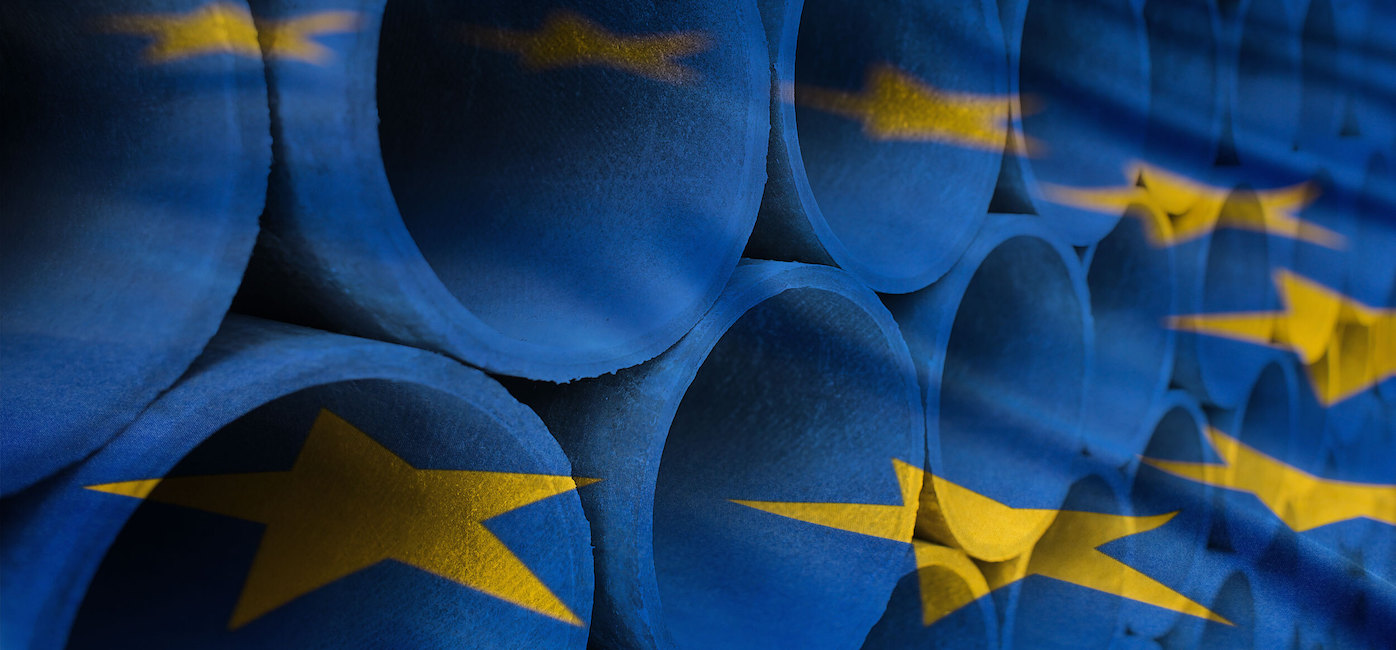2024 is set to be a landmark year, with half of the world’s population heading to the polls. In Europe, a new European Parliament will be elected in June, followed by a new European Commission entering office in October.
Triggered by geopolitical instability and trade rivalry with China, industrial policy is top of mind in the political campaign. Policymakers across Europe are struggling with the question of how to preserve our industrial foundations while continuing to make progress on our climate goals.
This is not an easy task for Europe. In contrast to the US, the EU does not have the legal capability, nor the budget to offer industry a big IRA-like carrot in return for deep emission cuts. The European system has always been much better suited for a so-called ‘stick’ approach, revolving around the development of strict rules in return for market access.
Today’s political climate, however, makes such an approach challenging. Political leaders across Europe are calling for a ‘green regulatory pause’, a term first coined by President Macron in France. Justified or not, this will limit the political manoeuvring space of the incoming Parliament and Commission in the years to come. Therefore, it is fair to assume that we are entering a new phase of Europe’s transition to climate neutrality, revolving around the successful implementation of the European Green Deal.
While such a shift might be perceived as less exciting – or even as a green backlash – the opposite is true for cement. The business case for low carbon cement solutions is rock-solid, with many proven, safe and scalable technologies at the brink of maturity. Often at similar or even negative costs. The real challenge is how to bring them to the market at scale. It is up to the new Commission and Parliament to deliver on this and there are plenty of opportunities to do so.
Most notably is the updating of the European cement standards. Under the framework of the new Construction Products Regulation (CPR), the European Commission embarked on a journey to modernise standards for key construction products. This includes a long overdue reform of the prescriptive cement standards, which are widely viewed as a key barrier to decarbonisation as they restrict the use of low carbon constituents in favour of Portland clinker. Shifting to a performance-based approach, in line with the CPR, will finally fix this issue – and will turbocharge the deployment of green cement on the European market.
Equally relevant, is the development of a clear framework for unavoidable emissions for cement. For good reasons, different pieces of EU legislation seek to scale up the deployment of CCS across the continent. However given that the technology is time, energy and capital-intensive, it is clear that its use should be restricted to unavoidable emissions only. It is up to the incoming Commission and Parliament to define what this means in practice for cement.
If recent years have taught us one thing, it is that material innovation, in combination with new technologies such as AI, has turned cement into a fast-to-abate sector. Translating this new reality into policy frameworks will be key.
Europe wants to be home to the cleantech industry of the future. With the upcoming elections, we are entering a new phase of this transition, focusing on the successful implementation of the Green Deal. The new European Parliament and Commission have a unique opportunity to fast-track decarbonisation, turning Europe into a global powerhouse of green cement.
Exciting times lie ahead for cement.


